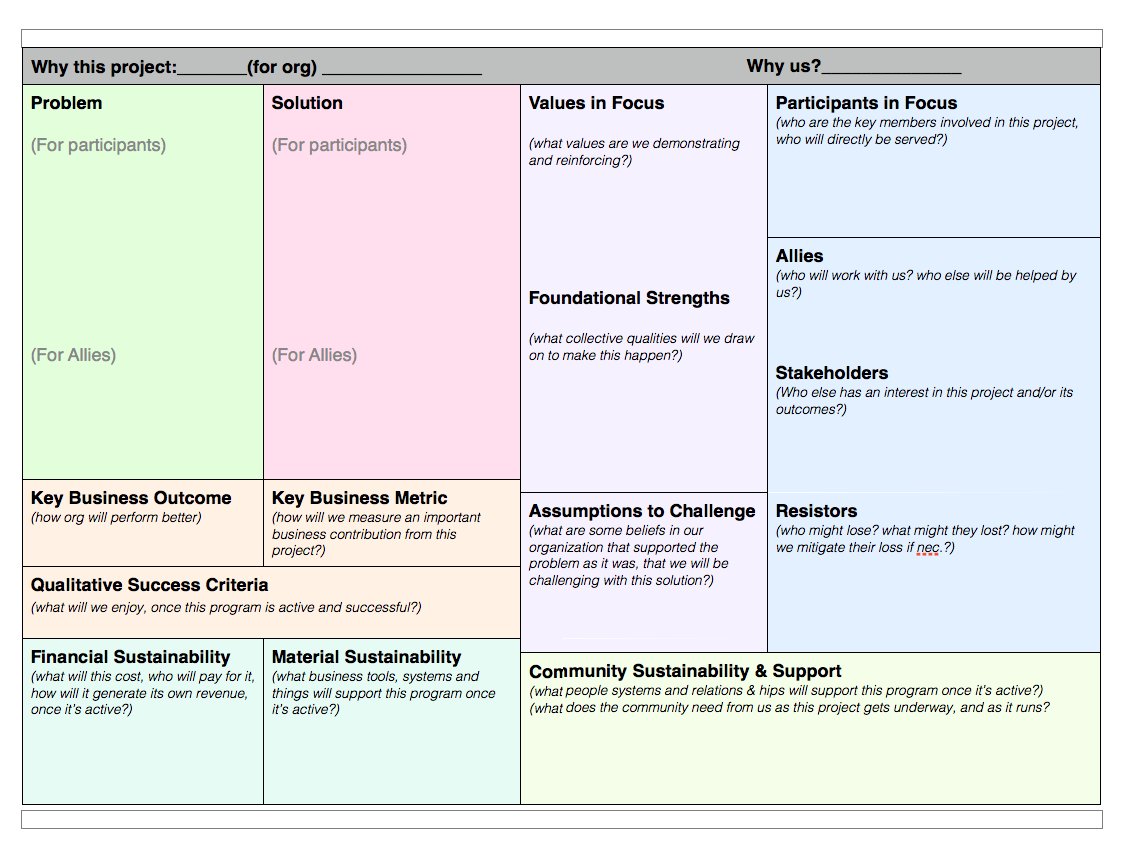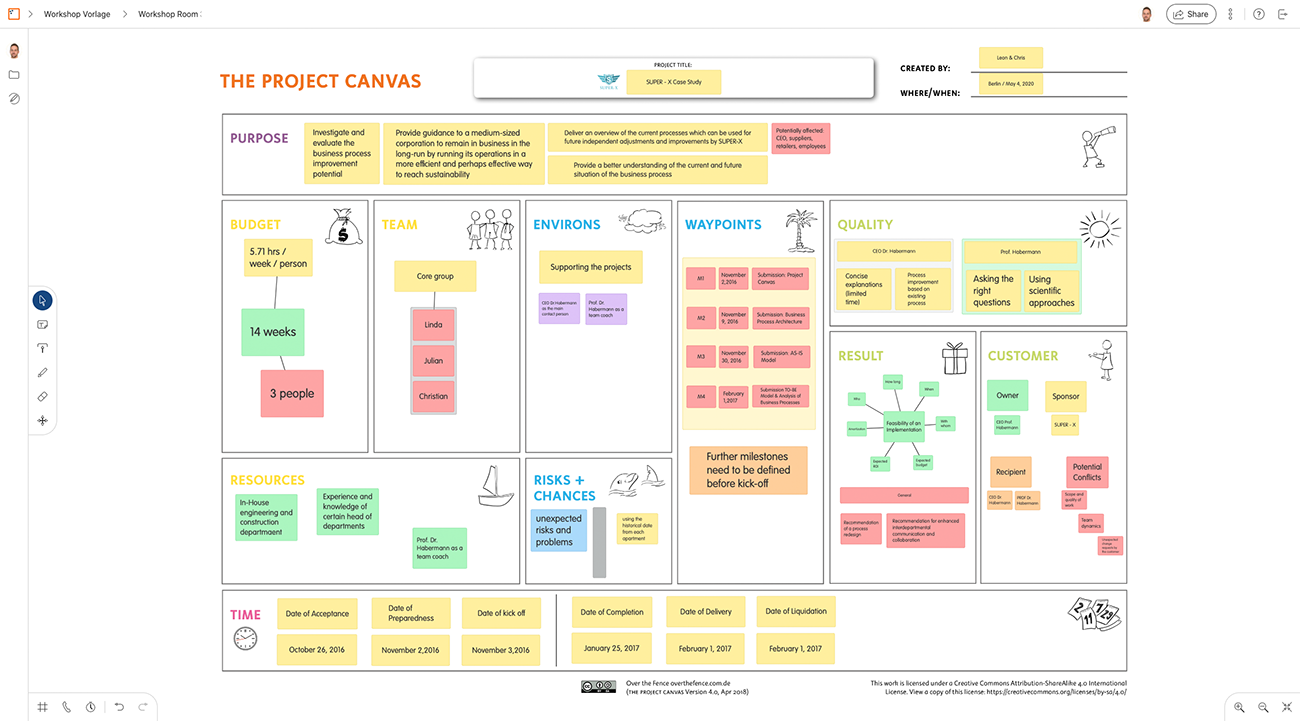
The answer may lie in the use of a zoomable but adaptive story canvas – the “Zoomable Project Canvas” - a rudimentary form of which I used in 2007 to obtain venture financing for my visual search engine startup. This “Business Model-School of Thought” has an ongoing battle with the “Business Plan-School of Thought.” The war cry of the Business Model-School of Thought is “Burn your business plan.”īut, should the traditional business plan be completely burnt? Should the Business Model Canvas (or derivatives such as the Lean Canvas) be the only document presented such as in Startup Competitions, which are increasingly called “Business Model Competitions”? What about a founder/startup’s Goals, Vision, Mission, and Aspirations which are usually available in a traditional business plan but not directly catered for in the 9 blocks of the Business Model Canvas? How can we have the best of both worlds: obtain the comprehensive view and depth of a business plan while maintaining the relevance and efficiency of one-page business model maps such as the Business Model Canvas (or Lean Canvas)?

Prominent proponents of this school of thought include Steve Blank, Alex Osterwalder, and Nathan Furr. Accordingly, startups should present their business model using a one-page business model map such as the Business Model Canvas.


There is an emerging school of thought which advocates that startups should ‘pitch’ their business models rather than business plans.


 0 kommentar(er)
0 kommentar(er)
